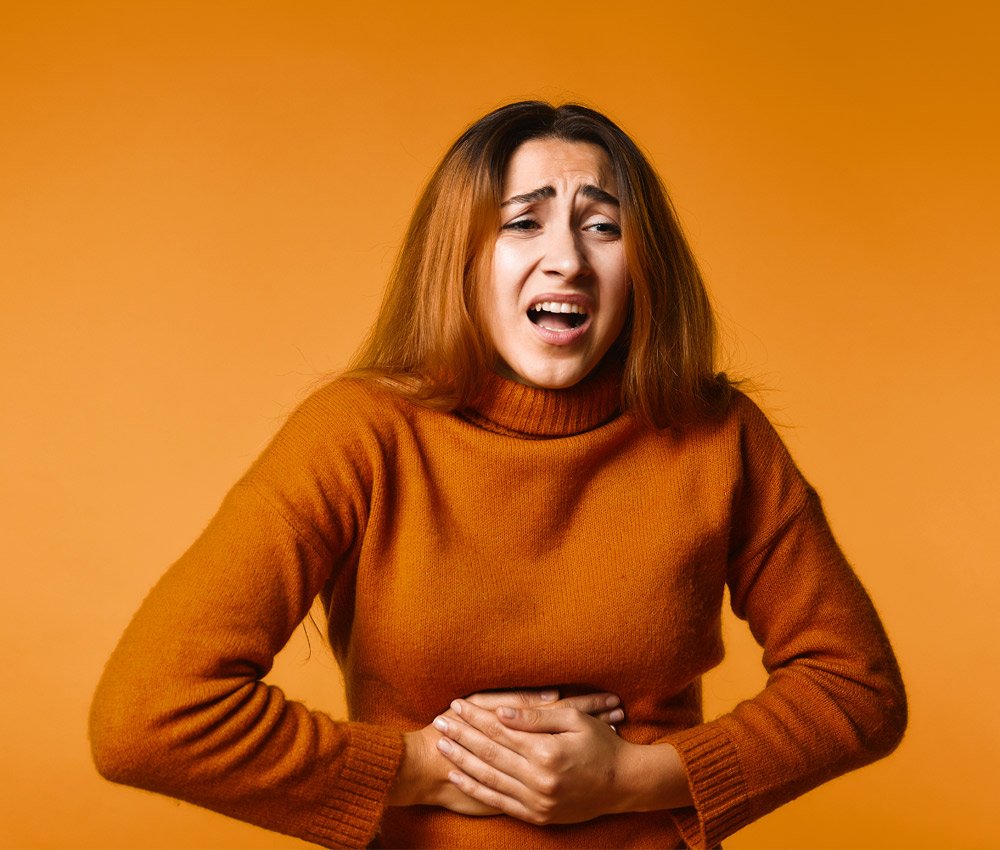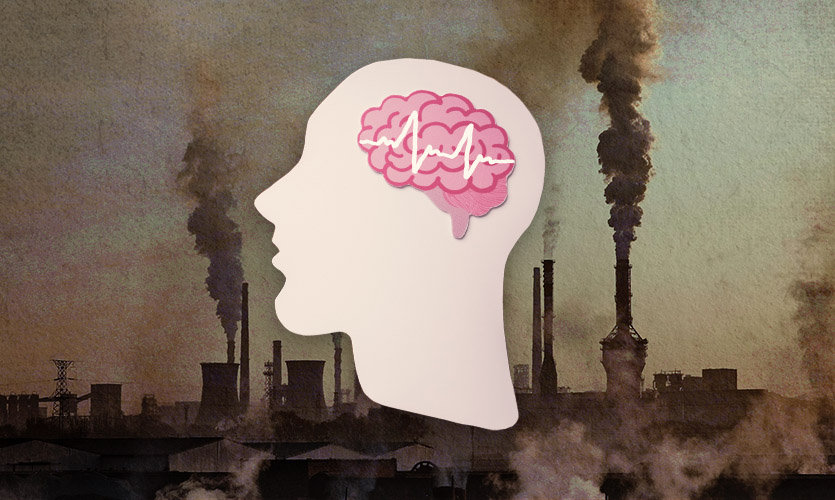With approximately 10 per cent of Indian women suffering from PCOS (PolyCystic Ovarian Syndrome), the disease has become more prevalent in women due to the current lifestyle changes. “We receive at least eight to nine patients of PCOS every month,” says Dr Bhumika Bansal, Gynecologist and Laparoscopic surgeon, who owns a clinic in LDA Colony, Lucknow, Uttar Pradesh. The problem of PCOS can start at an early reproductive age, as early as 15-20 years. This becomes a concern as most of the patients remain asymptomatic during their early reproductive years. Moreover, the symptoms, if any, are ‘believed’ to be normal and overlooked.
While most of us consider it only as a disease, the doctors state otherwise. “One cannot call it a disease, as disease follows a dedicated line of treatment and is limited to a certain number of symptoms. It is a syndrome that has more than factors contributing to it. It affects various functionalities of the body and has a longer effect than any regular disease” says Dr Bhumika when asked about PCOS. According to biomedical literature published in the US National Library of Medicine National Institute of Health the prevalence among the general female population will rise up to 10 per cent globally. Further, the literature also mentions that the prevalence of PCOS in women of reproductive age is 5-10 per cent. According to The Hindu “, One in every five women has PCOS in India.” The figures might not seem to be alarming. However, it becomes critical when we consider the fact that PCOS doesn’t have a cure.
“Unlike a range of diseases that prevail, PCOS has no sure shot medicine. It only follows a symptomatic treatment where we focus on controlling the symptoms within the desirable limits rather than treating them,” says Dr Rita Das, an Obstetrician and Gynecologist in Indira Nagar, Lucknow. When asked about why there isn’t any cure she adds “The underlying cause of PCOS is not completely known. We only attribute it to lifestyle changes and hereditary. It’s difficult to find the right treatment when the cause is vaguely known. Moreover, PCOS has multifactor stimulating it and dealing with each of them is not possible or suggested.”
Most of the women experience pain, intense bleeding and cramps during periods. It is often overlooked as being “normal”, however, this mentality and approach prove to be fatal as it impedes the early detection of PCOS, which in later stages can become as dangerous as breast cancer. Experiencing intense pain during the onset of the menstrual cycle is not normal. “While most women do experience mild to no pain, higher levels can suggest some underlying cause, the chief being PCOS,” says Dr Das.
This is where sex education plays a cardinal role in society. The men of the house and even the women themselves are too little informed about this syndrome, let alone diagnosing it. Ms Sahara Bano of Life Care Education and Welfare Trust, an NGO supporting women says “Healthier discussion about periods and menstrual cycle should be carried out in every household in order to educate every mind and not only women.” It is when people have the right frame of mind towards periods and PCOS, and hold healthy opinions regarding the same, then only early and easier diagnosis of the syndrome can be done. Though not curable, the symptoms of PCOS can be controlled for a completely healthy and normal reproductive life.










